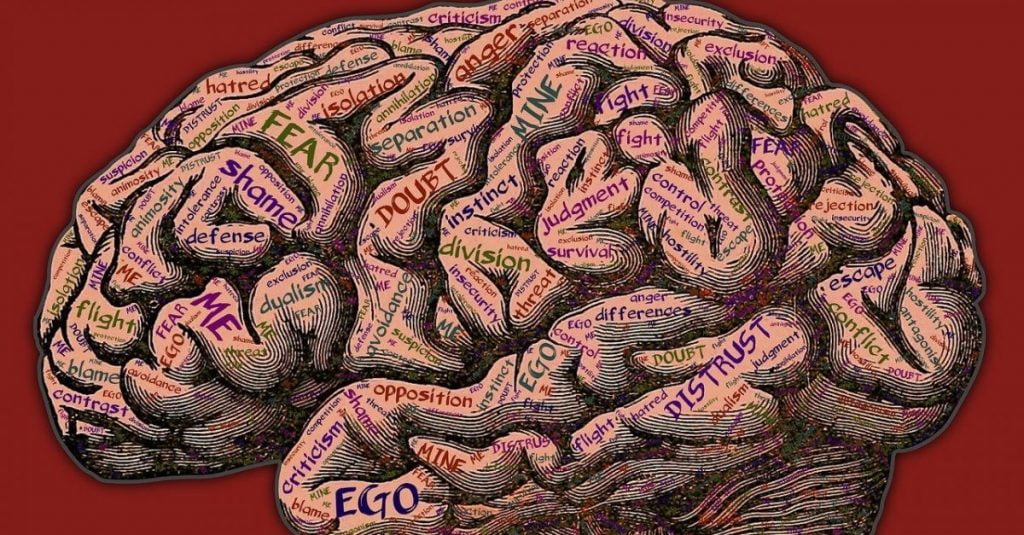We’ve all been there: a racing heart, trembling hands, and a mind that can’t stop spiralling. Anxiety can be overwhelming, but the good news is that there are proven ways to help calm yourself when anxious. Before we dive into the ten techniques, consider this quote by Lao Tzu:
“If you are depressed, you are living in the past. If you are anxious, you are living in the future. If you are at peace, you are living in the present.“
Living in the present is where we want to be. It’s where calmness resides. Here’s how you can move closer to that sense of tranquillity:
- Deep Breathing: When we’re anxious, our breathing becomes shallow and rapid. By intentionally taking slow, deep breaths, you can stimulate the body’s relaxation response. Breathe in deeply through the nose for a count of four, hold for a count of four, and exhale slowly through the mouth for a count of six. Repeat until you feel calmer.
- Progressive Muscle Relaxation: Tense up a group of muscles as tightly as you can, then release and relax them. Start with your toes and work your way up to your head. As you go, you’ll likely notice a sense of relaxation and release.
- Grounding Techniques: The 5-4-3-2-1 method is popular. Identify five things you can see, four you can touch, three you can hear, two you can smell, and one you can taste. This technique pulls you into the present moment, away from spiralling thoughts.
- Mindfulness Meditation: Focusing on your breath and allowing thoughts to come and go without judgment can help in calming your mind. Remember this quote by Jon Kabat-Zinn: “You can’t stop the waves, but you can learn to surf.” Meditation helps you surf those anxious thoughts.
- Distraction: Sometimes, the best way to break the cycle of anxiety is to divert your attention. Engage in an activity you love, whether it’s reading, drawing, or even just cleaning.
- Limit Caffeine and Sugar: Both can cause jitters or a racing heart, exacerbating anxiety. If you’re feeling anxious, consider cutting back and monitor how you feel.
- Journaling: Write down your worries. Often, putting your fears on paper can help process them and see them from a new perspective.
- Talk It Out: Whether it’s a friend, family member, or therapist, talking about what’s making you anxious can be incredibly therapeutic. As James Baldwin once said, “Not everything that is faced can be changed, but nothing can be changed until it is faced.“
- Exercise: Physical activity can help reduce anxiety and improve mood by releasing endorphins. Whether it’s a brisk walk, a yoga session, or a high-intensity workout, find something you enjoy.
- Establish a Routine: Predictability can combat anxiety. When we know what to expect, there are fewer unknowns for our minds to worry about.
While these techniques are beneficial, remember that everyone is different. What works for one person might not work for another. It’s about finding what’s right for you and building a toolbox of techniques you can turn to when needed.
In moments of anxiety, it can feel like calmness is out of reach. But with practice and patience, you can navigate those turbulent waters and find your way back to peace. Embrace the journey and remember that you’re not alone in this. Many are walking this path with you, and by sharing and learning from one another, we can all find ways to calm ourselves when anxious.
Remember, anxiety is a part of life, but it doesn’t have to control it. Lean on these techniques, trust in yourself, and as you navigate your journey, let Lao Tzu’s wisdom be your guide: Live in the present. That’s where peace awaits.





